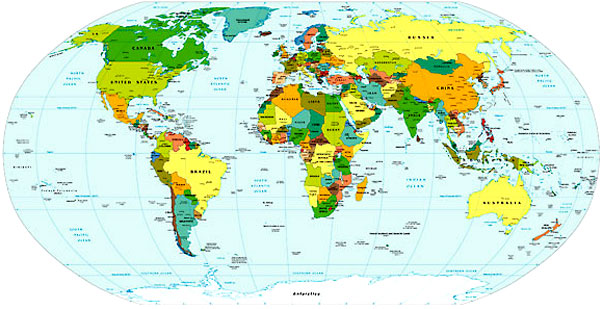 I’m guessing you don’t think about the Republic of Palau that often. Shame on you. This little country in Oceania is home to over 20,000 people. Yes. It’s rather small, and its independence is rather new. 1994 saw Palau become Independence from its UN Trust Territory status. You may also know Palau by the name “The Black Islands”—on old maps this is how it was represented. There are two hundred islands in the island group. The capital is Melekeok.
I’m guessing you don’t think about the Republic of Palau that often. Shame on you. This little country in Oceania is home to over 20,000 people. Yes. It’s rather small, and its independence is rather new. 1994 saw Palau become Independence from its UN Trust Territory status. You may also know Palau by the name “The Black Islands”—on old maps this is how it was represented. There are two hundred islands in the island group. The capital is Melekeok. As for the origins of the Palauan people—there are two groups that Palauans descend from. One of the Melanesian bloodlines is associated with indigenous Australians and Papua New Guineans, the other originated in Asia. Apparently (according to geneticists) there hasn’t been any link between the two established—well, except that they’re both present in Palau, right? Another interesting fact? Palau is home to the oldest burial ceremony currently known in Oceania. Also, their society is matrilineal.
While Palau may have been spotted in the 16th century by Europeans, Englishman Henry Wilson definitely visited when he was shipwreck off the island of Ulong in 1783. British traders visitors in the 18th century, and then the Spanish arrived in the 19th century, folding Palau into the Spanish East Indies, administering the islands from the Philippines. Until, that is, the Spanish-American War. After that conflict Spain sold the islands to Germany.
 Germany didn’t control the islands very long, though—during World War I, the Empire of Japan declared war on the Germany, and proceeded to invade German territories in the Pacific. This included Palau, which the League of Nations awarded to Japan after the war ended.
Germany didn’t control the islands very long, though—during World War I, the Empire of Japan declared war on the Germany, and proceeded to invade German territories in the Pacific. This included Palau, which the League of Nations awarded to Japan after the war ended. Of course, World War II came along, and changed the game a bit. At a heavy cost to both sides, 1944 saw an Allied victory in Palau, and at the end of the war the UN helped decide that the US would administer Palau. In 1979 Palauans rejected the option of joining the Federated States of Micronesia. 1994 saw the country vote on its status: it retains Compact Free Association with the United States, but is, now, an independence nation. Palau was the last part of the Trust Territory of the Pacific Islands to gain independence.
I couldn’t find a poem from Palau, though I looked for a long time. What I did find was a fascinating article on Palauan proverbs by Robert K McKnight, that appeared in The Journal of American Folklore in 1968. While there were too many to copy out, I decided to copy the translated phrases pertraining to weather, seasons, time of day and other miscellaneous items. I feel that the list in itself forms a kind of poem.
Weather, Seasons, Time of Day, and Miscellaneous
The wind sleeps in the eskiik bush
Pushing out the leaves
Opening the trees
Jelling of the fruit
Year-east
Year-west
Disposing the group at Ngetkeuang
Like the crotch of an aristocratic woman
The sun is throwing projectiles
Mark of the spirit
The heavens are good
Water is without cost


1 comment:
That was an interesting post. Was the line about an aristocratic woman's crotch in reference to the Dilukai?
Post a Comment